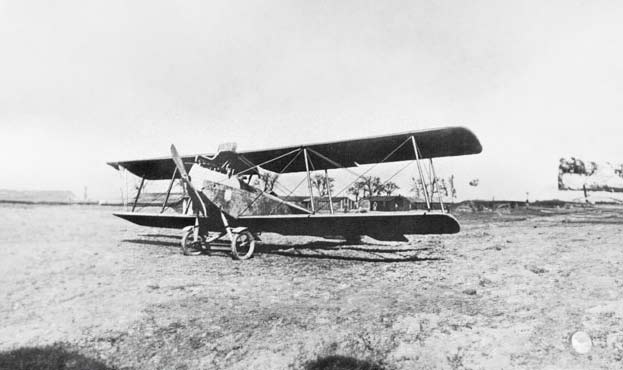Unravel the history, design, performance, and military significance of the Hansa-Brandenburg B.I, a key German reconnaissance aircraft from WWI.
The Hansa-Brandenburg B.I was a foundational reconnaissance aircraft in the German military’s aerial arsenal during World War I. This article dives into its development, technical specifics, performance metrics, and operational history. In the early days of aviation and World War I, aircraft began to play a pivotal role in military operations. The Hansa-Brandenburg B.I was a testament to this evolving landscape, serving primarily as a reconnaissance aircraft for the German forces.
History of the Development of the Hansa-Brandenburg B.I
With the onset of World War I, aerial reconnaissance became essential. Battle strategies relied on the intelligence these aircraft could provide. Understanding this urgency, the German Empire sought to expand its fleet with more specialized reconnaissance planes. The Hansa-Brandenburg B.I was a direct response to this requirement.
Developed by the German aircraft manufacturer Hansa und Brandenburgische Flugzeugwerke, the program commenced in 1914. The aircraft took to the skies for the first time in 1915, marking the beginning of its service. As for a NATO nickname, it’s worth noting that NATO was established in 1949, decades after the B.I’s time, so the aircraft did not possess a NATO-associated moniker.
Design of the Hansa-Brandenburg B.I
The B.I was a conventional biplane of its era, characterized by a tractor configuration (with the propeller in front). With a length of about 8.2 meters (around 26.9 feet) and a wingspan of approximately 13.1 meters (43 feet), it was comparably sized to its contemporaries.
Crafted predominantly from wood and fabric, the B.I’s design was simplistic yet functional. The aircraft was not equipped with any defensive armament, given its primary reconnaissance role.
One of the advantages of the B.I’s design was its robust construction, which allowed it to withstand relatively harsh conditions. However, its lack of armaments meant it was vulnerable to enemy aircraft, a significant drawback in contested airspace.

Performance of the Hansa-Brandenburg B.I
The aircraft was powered by a Mercedes D.I six-cylinder water-cooled inline engine, producing about 100 hp. This gave the B.I a top speed of approximately 125 km/h (about 78 mph). It typically operated at altitudes up to 3,000 meters (around 9,843 feet) and possessed a range close to 350 kilometers (approximately 217 miles).
When juxtaposed with some contemporaneous aircraft, the B.I’s performance was somewhat average. It wasn’t the fastest, but its reliable engine and stability made it a dependable choice for reconnaissance missions.
Military Use and Combat of the Hansa-Brandenburg B.I
As previously mentioned, the B.I was primarily a reconnaissance aircraft. Its lack of defensive armaments made it unsuitable for combat roles. However, it played a pivotal role in gathering intelligence for the German forces, helping commanders make informed strategic decisions.
While it contributed significantly to German reconnaissance efforts, it faced competition from other aircraft like the Aviatik B.I. The B.I did not see substantial international sales and was primarily a tool for the German military.
By the end of World War I, advancements in aviation technology meant that the B.I was becoming obsolete. It was eventually phased out and replaced by more advanced aircraft models.
The Hansa-Brandenburg B.I, though not the most technologically advanced or heavily armed, carved out its niche in the annals of aviation history. As a reliable reconnaissance tool during the tumultuous times of World War I, it showcased the ever-growing importance of aircraft in modern warfare.
Back to the Spy Planes section.